Fascinating Similarities Between Domestic Cats and Their Big Cat Relatives
Cats are one of the most beloved pets worldwide, but did you know that your house cat has a lot in common with lions, tigers, and leopards? Despite their size differences, domestic cats and big cats share many physical and behavioral traits. Scientists believe that all felines evolved from a common ancestor, with house cats and big cats still sharing about 95.6% of their DNA today. Let’s explore some fascinating similarities between them.
1. Natural-Born Hunters
Both domestic and big cats are exceptional hunters. Their bodies are built for agility, speed, and precision. From their sharp claws and powerful hind legs to their flexible spines, every part of a cat is designed to help them catch prey. Even though house cats don’t need to hunt for food, they still instinctively stalk and pounce on toys, demonstrating their wild heritage.
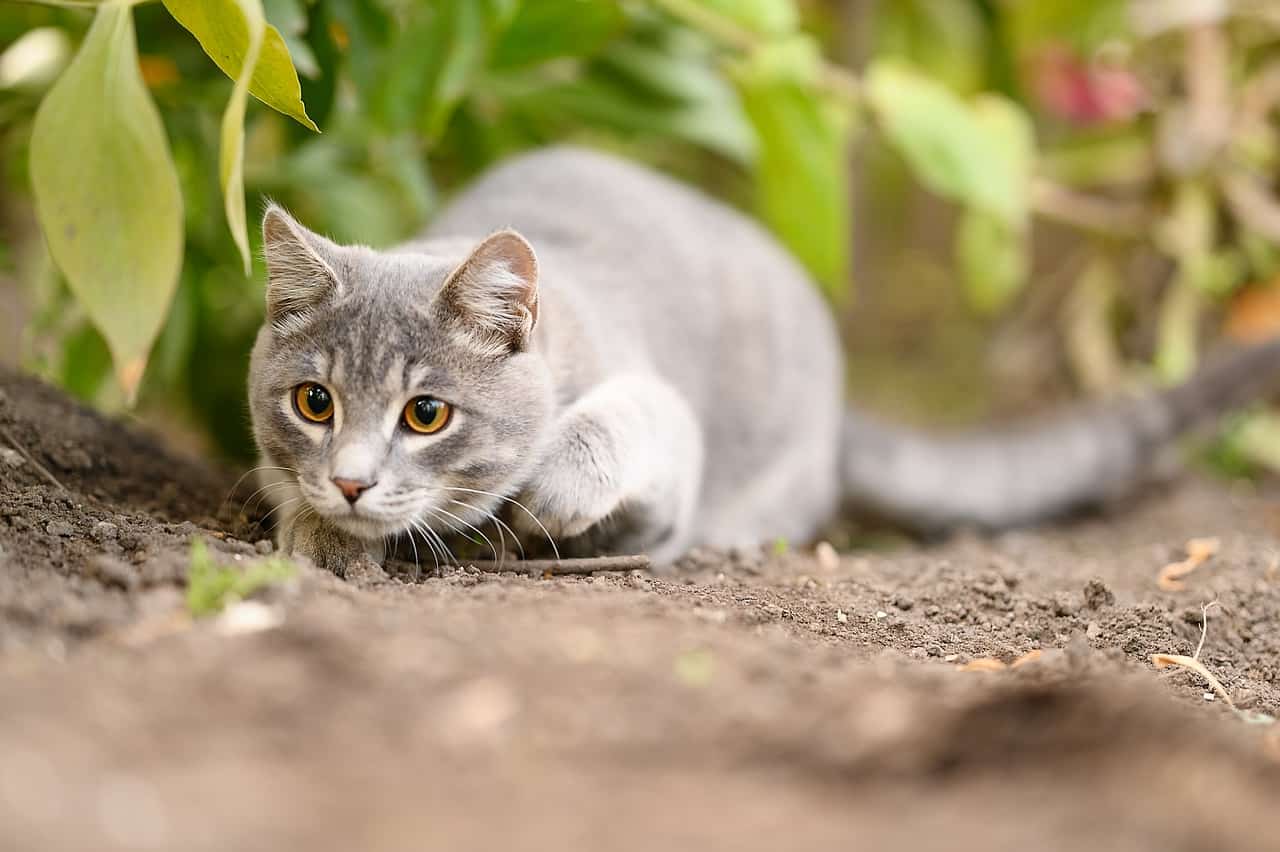
2. Rubbing Against Objects
Have you ever wondered why your cat rubs against your legs or furniture? This behavior is called “scent marking,” and big cats do it too! Cats have scent glands around their faces, paws, and tails. When they rub against objects, they leave behind a unique scent to mark their territory, sending a message to other cats.
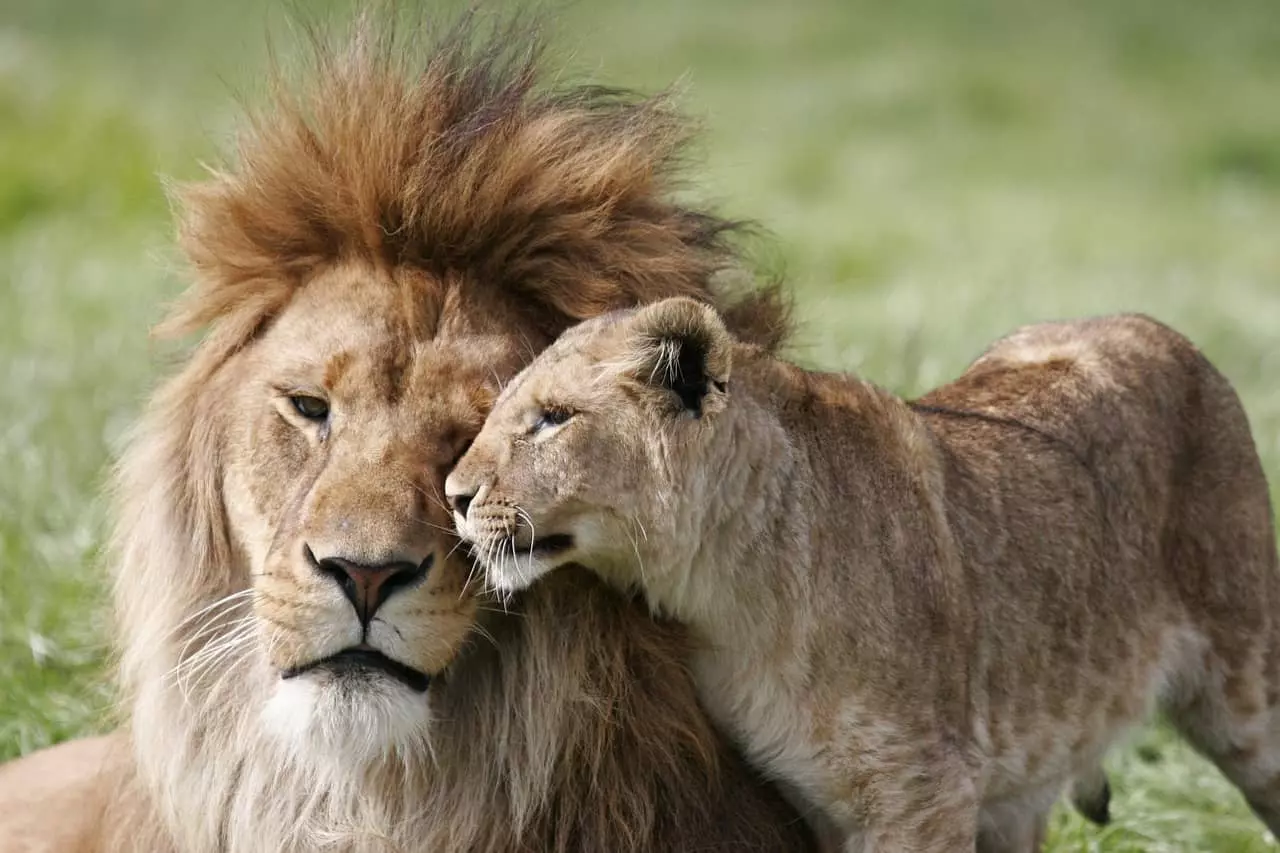
3. Similar Diets
Both house cats and big cats are obligate carnivores, meaning their bodies are adapted to digest meat as their primary food source. Unlike omnivores, cats lack the necessary enzymes to break down plant matter efficiently. While a lion in the wild hunts for prey, domestic cats still thrive on a high-protein diet.
4. Love for Scratching
Scratching is a shared instinct among all felines. Domestic and big cats scratch surfaces to remove the outer layers of their claws, mark their territory, and stretch their muscles. In the wild, lions and tigers scratch tree trunks, while house cats may opt for furniture and scratching posts.
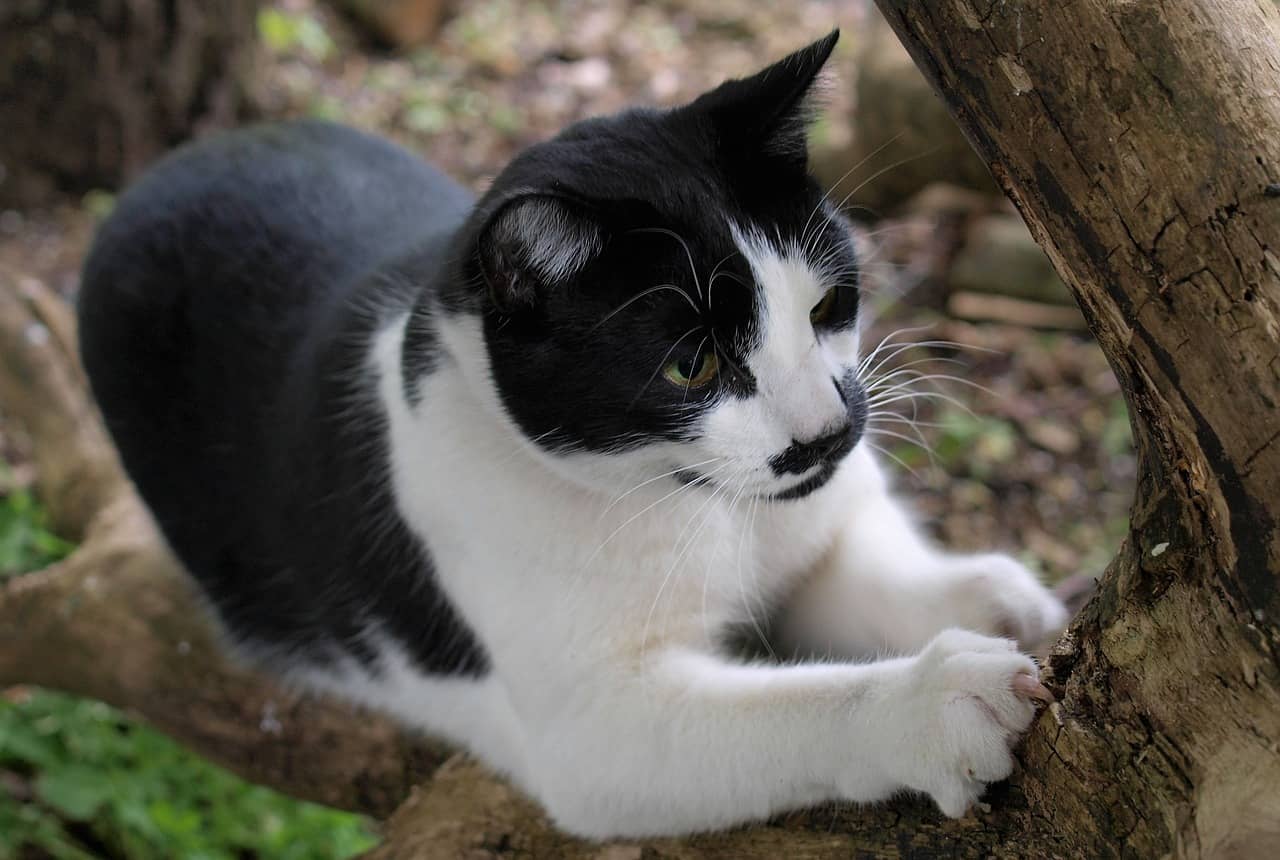
5. Nocturnal Habits and Sleeping Patterns
Cats are crepuscular animals, meaning they’re most active at dawn and dusk—an ideal time for hunting. Big cats in the wild, such as leopards and tigers, follow similar patterns, hunting in low-light conditions for the best chance of catching their prey. Both big and small cats are also great sleepers, often resting up to 15 hours a day!
6. Retractable Claws
One of the most striking similarities between wild and domestic cats is their retractable claws. Most felines, except cheetahs, can retract their claws to keep them sharp for hunting and climbing. This adaptation gives them an advantage when stalking prey, as they can move silently before launching their attack.
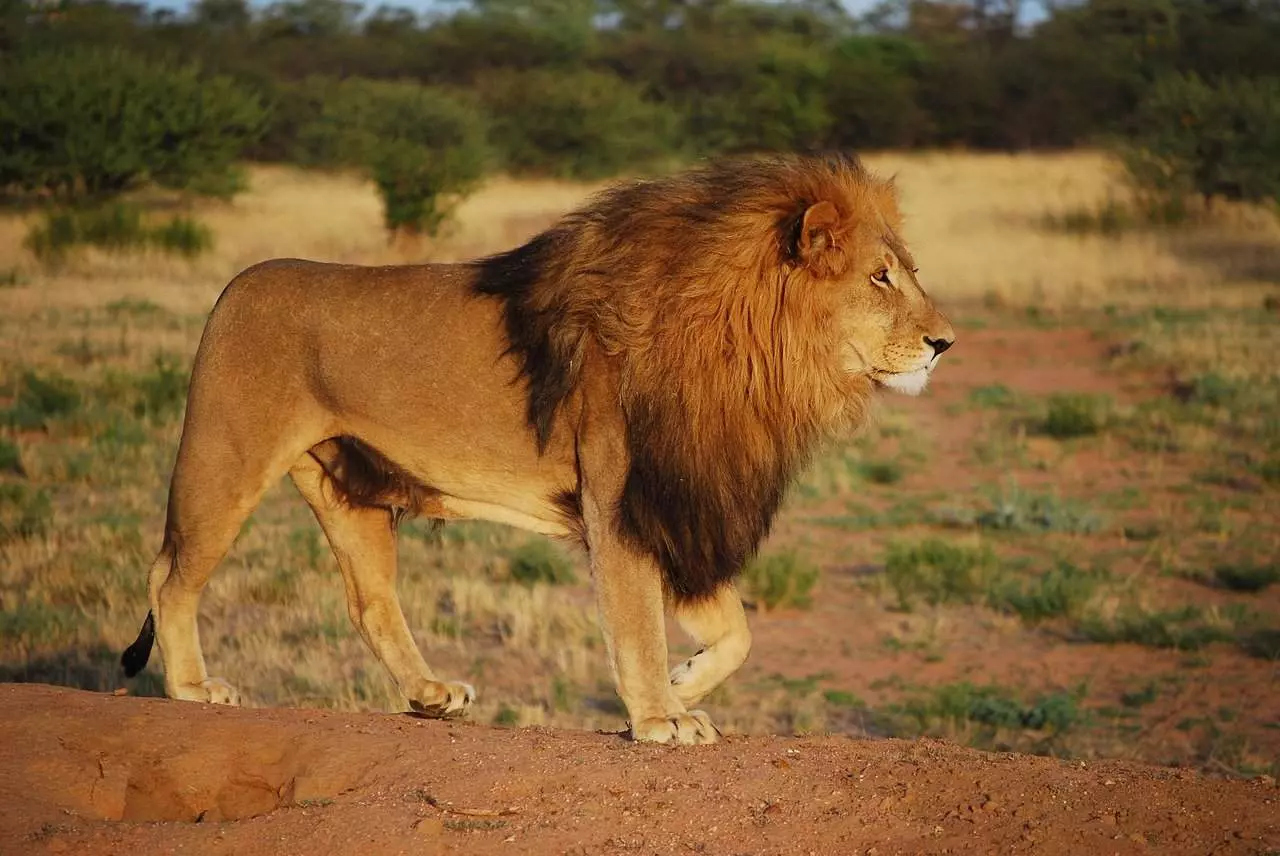
7. The Infamous Saggy Belly
The loose skin that hangs beneath a cat’s belly isn’t just excess fat—it’s called the primordial pouch. This pouch is present in both house cats and big cats. It serves several functions, including protection during fights and offering extra flexibility when running or jumping.
8. Playfulness and Curiosity
Play isn’t just reserved for your pet cat—big cats love playing too! Cubs learn essential survival skills through playful interactions with their siblings. In sanctuaries, lions and tigers have been observed playing with boxes, balls, and even laser pointers, much like their domestic relatives.
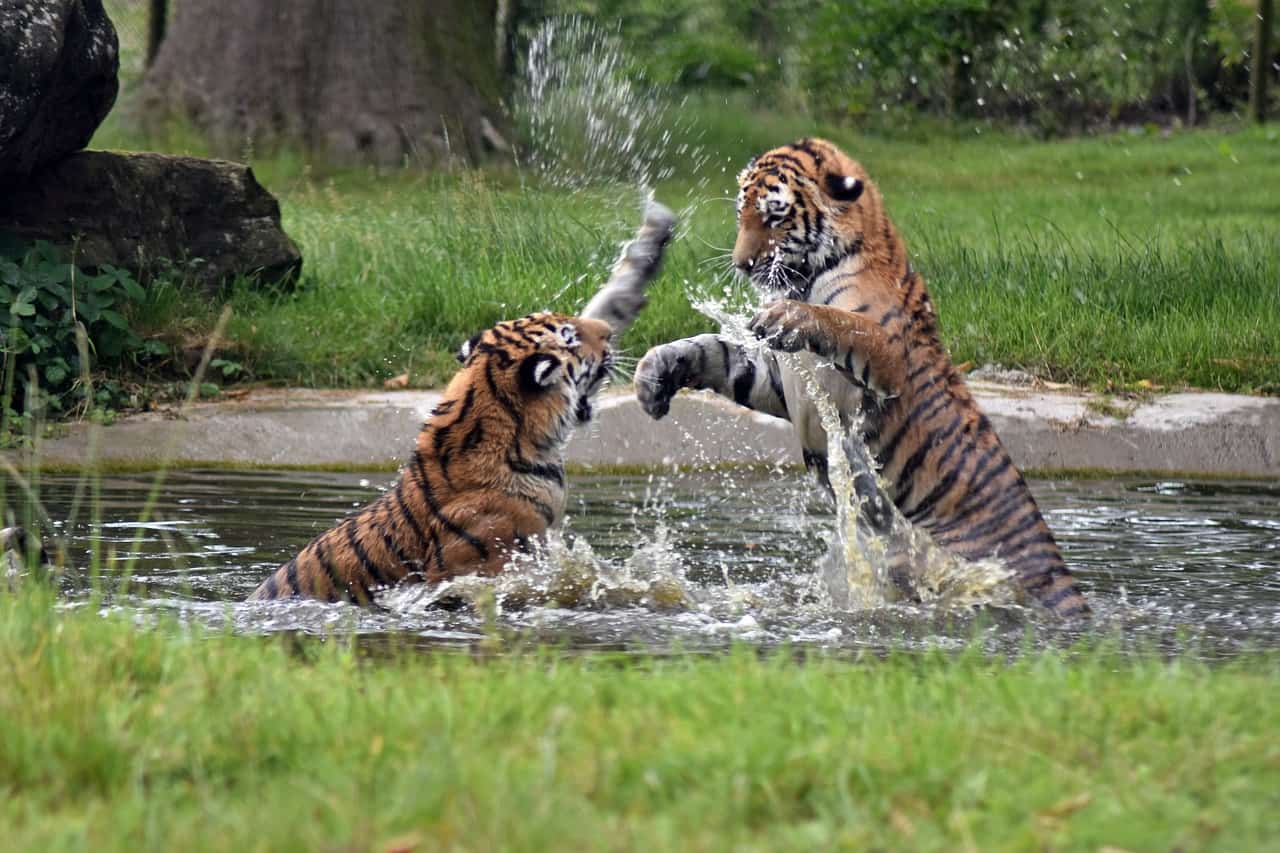
9. Rough Tongues
Ever noticed how a cat’s tongue feels rough like sandpaper? Both domestic and big cats have tongues covered in tiny backward-facing barbs called papillae. These help them efficiently clean their fur and strip meat from bones. A lion’s tongue is powerful enough to scrape flesh directly from prey!
10. Kneading (Making Biscuits)
That adorable behavior where your cat presses its paws in a kneading motion on soft surfaces isn’t just a house cat quirk—it’s something big cats do too! Kneading starts in kittenhood as a way to stimulate milk flow from their mother, but many cats continue the habit into adulthood as a sign of comfort and relaxation.
Conclusion
Despite their size and environment, domestic and big cats share numerous instincts and behaviors, reminding us of their shared evolutionary history. Next time you watch your cat stalk a toy, scratch a post, or curl up for a long nap, remember—you have a miniature wildcat right in your home!

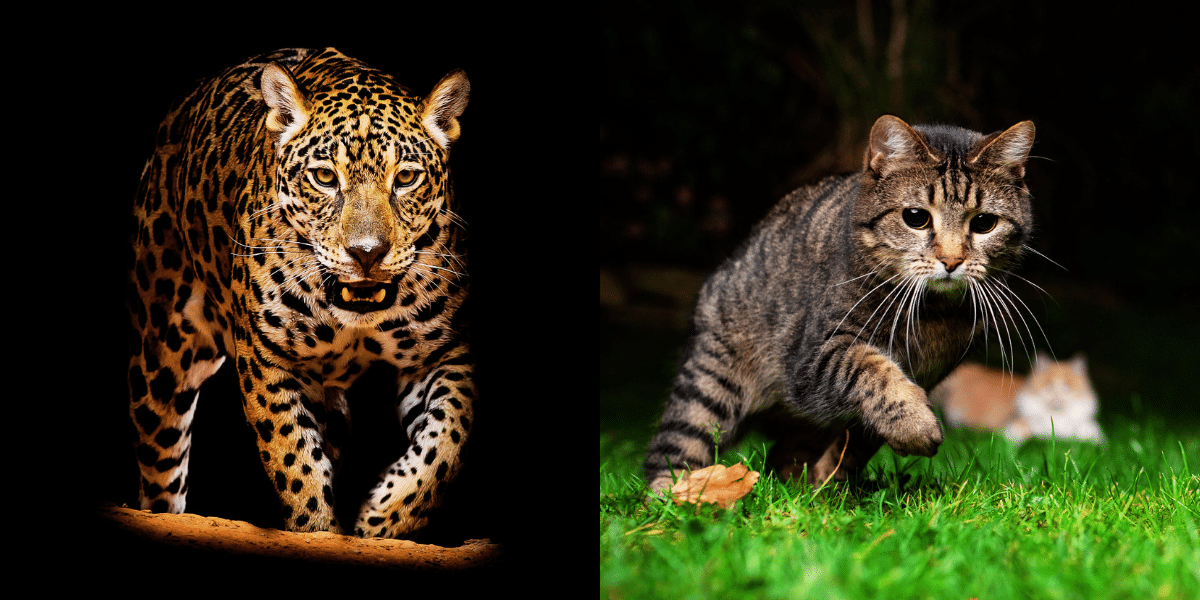




Facebook Comments